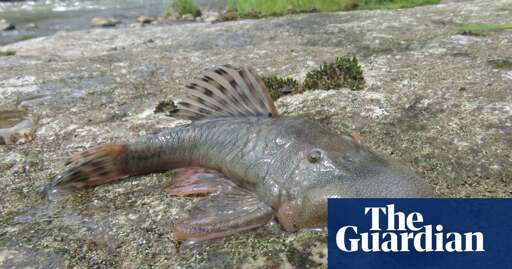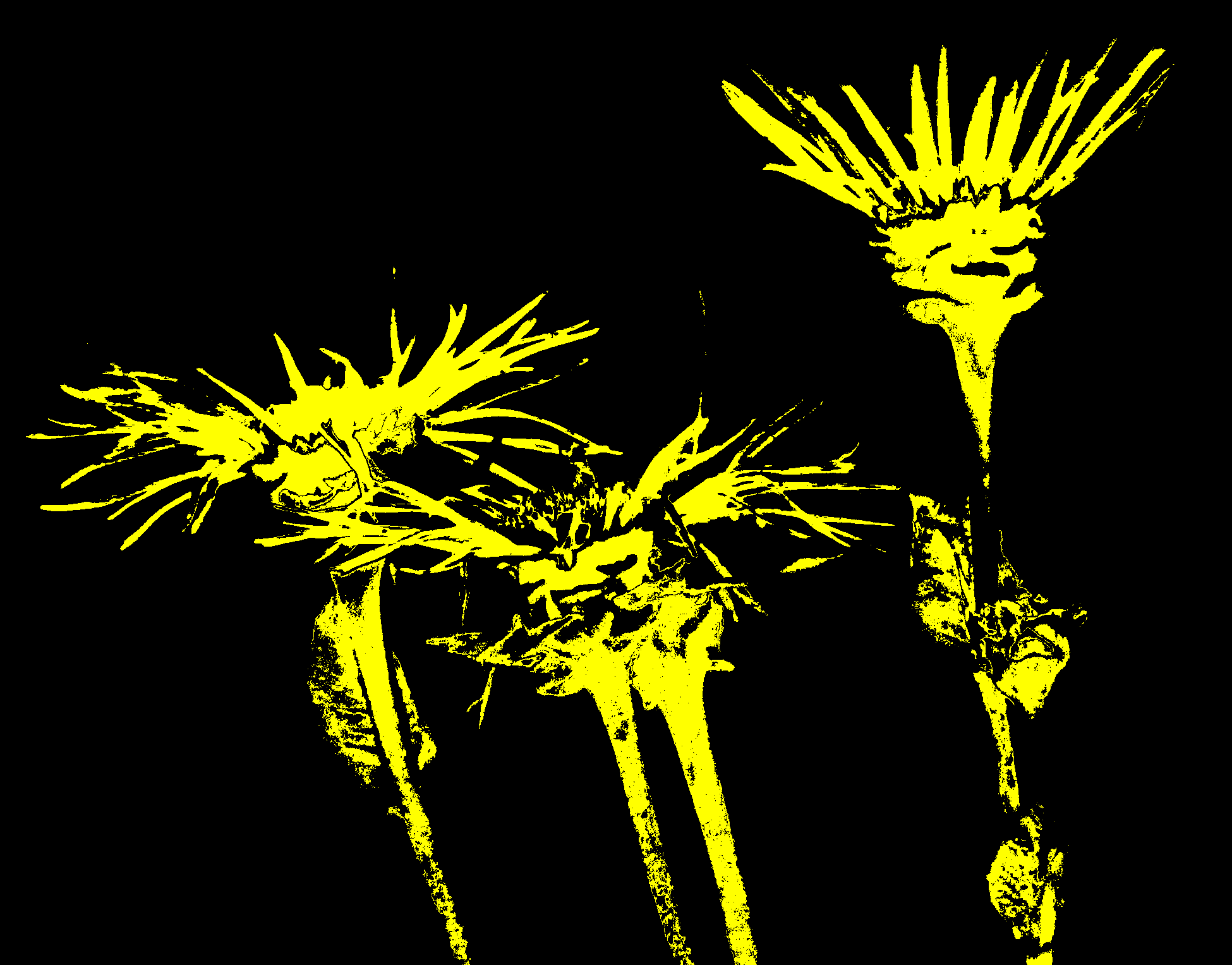Summary
Scientists conducting a biodiversity survey in Peru’s Alto Mayo region discovered 27 new species, including a blob-headed fish, amphibious mouse, and arboreal salamander. The 38-day expedition recorded over 2,000 species.
Findings include a rare semi-aquatic mouse found in a threatened swamp forest and seven new fish species. Indigenous knowledge played a key role in identifying many species.
Scientists also documented 49 threatened species, underscoring the region’s ecological significance and supporting efforts to bolster local conservation initiatives.
That salamander is awesome.
Great article, but I’m surprised it didn’t end with them saying they planned to follow up with the indigenous people and use their knowledge to help fill in the gaps…
Yet another example of western science thinking we have to reinvent the wheel - the person they interviewed said that all these “new” species were already known to the locals. Obviously we just needed to ask.
That mouse is adorable! I just wish they showed pictures of all of the cool new/rare animals, I want to see the spiny mouse and the squirrel! At least they had the salamander though.




